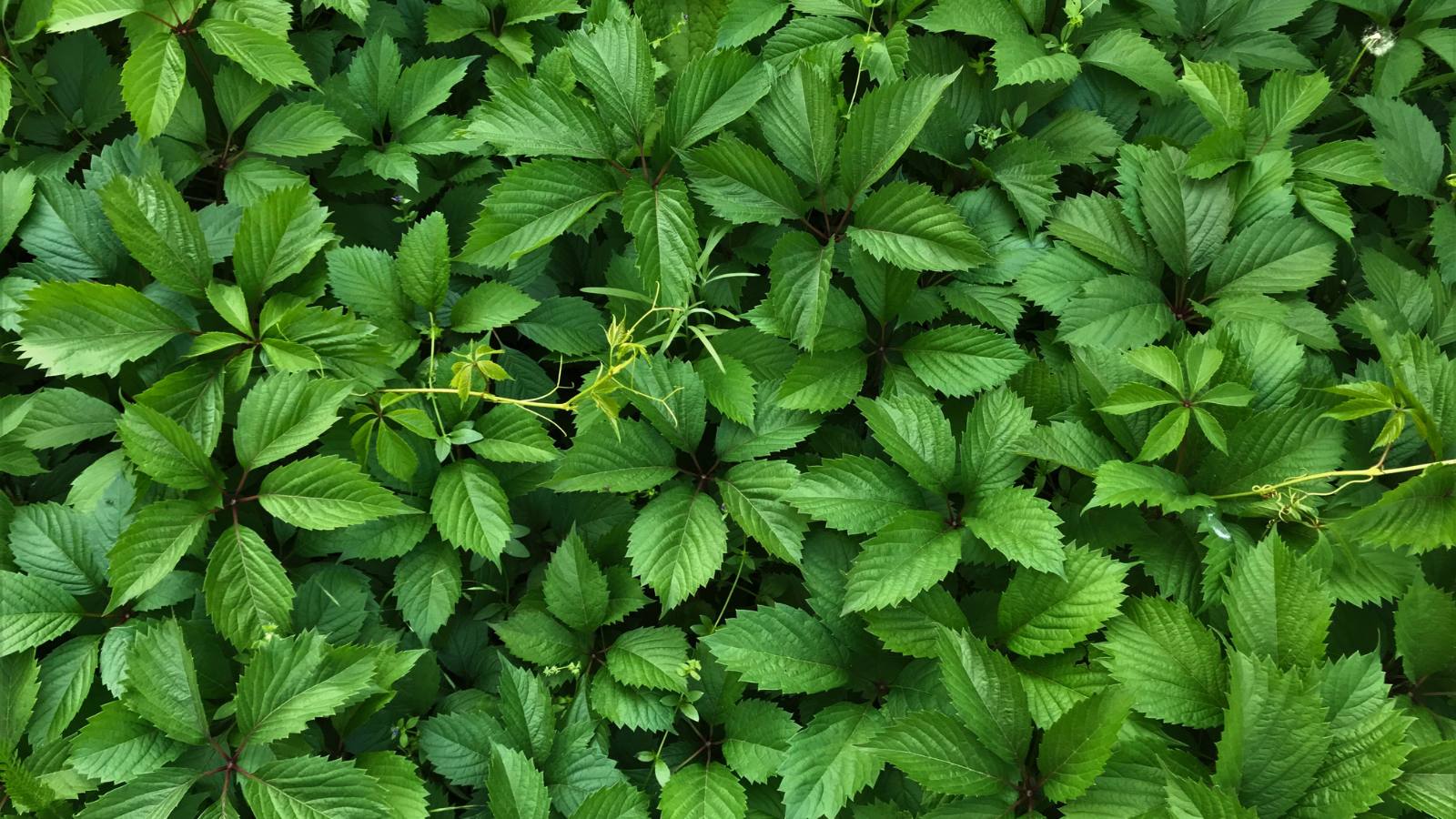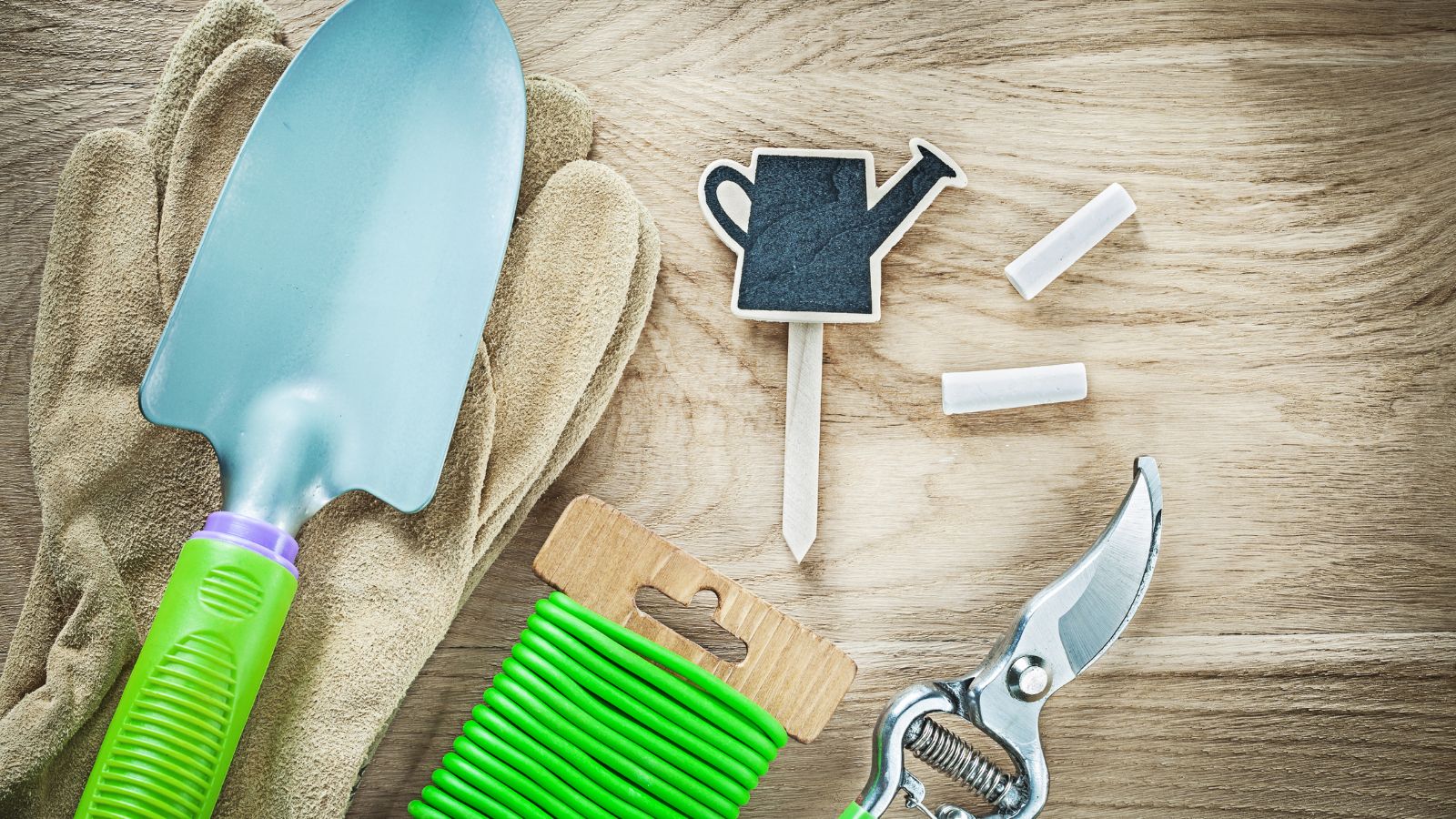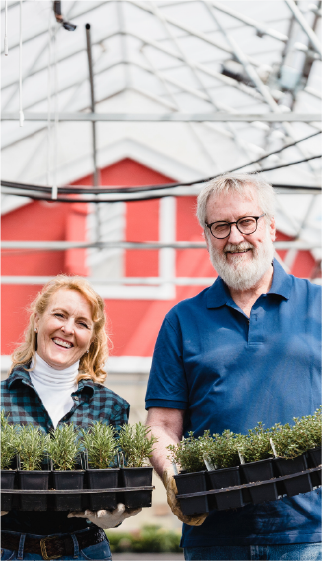
Cable ties, commonly known as zip ties, are a gardener’s secret weapon for managing climbing plants and maintaining an organized, thriving garden. As highlighted in Laura Zbinden’s article from February 16, 2025, these inexpensive, durable, and easy-to-use tools are perfect for securing climbing plants like green beans, bougainvilleas, trumpet flowers, cucumbers, and even heavier vines such as gourds or climbing trees. This exploration covers how cable ties for plants can transform your gardening experience, tips for their effective use, alternatives for delicate plants, and additional garden applications.
Cable ties are a game-changer for supporting climbing plants, offering several advantages over traditional ropes or twine. They are durable and weather-resistant, with many being UV-resistant and weatherproof, making them ideal for outdoor use as they withstand rain, heat, and cold without breaking down, ensuring long-term support. Their strength is sufficient to secure sturdy plants like bougainvilleas, climbing roses, raspberries, sunflowers, or even woody-stalked vines, providing reliable support for heavier plants that require robust anchoring to trellises, fences, or garden posts. Using cable ties is simple: wrap the tie around the plant stem and the support structure, pull it through the locking mechanism, and secure it, saving time and effort compared to knotting ropes. Additionally, a pack of cable ties is affordable and versatile, offering a budget-friendly way to manage multiple plants and garden tasks. A key tip is to fasten cable ties loosely to avoid damaging the plant or restricting its growth, leaving enough room for the stem to expand, especially for fast-growing varieties.
Cable ties work best for sturdy, woody, or thick-stemmed plants. Bougainvilleas, with their tough, woody stems, can handle the strength of cable ties without damage. Climbing roses benefit from secure anchoring to trellises or arbors. Raspberries have sprawling canes that cable ties keep in check, promoting healthy growth. Sunflowers, with their thick stalks, are well-suited for cable ties when supported by stakes. Gourds and climbing trees, being heavier vines, require the strength that cable ties provide. For these plants, cable ties ensure vines stay securely attached to support structures, maximizing sunlight exposure and encouraging vertical growth without going wild.
However, delicate or fast-growing plants, such as tomatoes, cucumbers, or other tender vegetables, may be damaged by the hard plastic of cable ties. In these cases, softer, more flexible alternatives are recommended. Cut-up pantyhose are soft, stretchy, and reusable, providing gentle support for delicate stems. Strips of old cotton T-shirts are forgiving and allow room for growth. Velcro garden ties are adjustable, reusable, and gentle on plants, making them easy to reposition. Twist ties with foam coating offer a softer grip while still providing secure fastening. For quick-growing trees, cable ties can be used temporarily to support heavy branches, but they should be checked monthly to ensure they aren’t cutting into the bark, as tight ties can cause the tree to grow around them, leading to injury or increased susceptibility to pests and diseases. If a tie becomes too tight, replace it with a softer option or loosen it to allow for growth.
To maximize the benefits of cable ties, choose the right size, selecting ties long enough to wrap around both the plant and the support structure, with standard sizes ranging from 4 to 12 inches and longer ties (up to 24 inches) ideal for thicker vines or larger trellises. Opt for UV-resistant cable ties for outdoor use to ensure they last multiple seasons without degrading. Fasten ties loosely, leaving a small gap between the tie and the plant stem to prevent constriction and allow the plant to grow without damage. Check cable ties every few weeks, especially for fast-growing plants, to ensure they aren’t cutting into the stem or restricting growth. For eco-conscious gardeners, reusable cable ties with a release mechanism allow for adjustments and reduce waste.
Beyond securing climbing plants, cable ties have a wide range of applications in the garden. They can be used to repair garden fences by patching holes or securing loose sections of wire fencing, protecting vegetables from rabbits, rodents, or other pests. Cable ties can secure garden covers, such as tarps, row covers, or netting, to protect plants from frost, heavy winds, or pests. They are also useful for hanging garden decor, such as flower pots, bird feeders, or garden ornaments, from fences, pergolas, or trees. Before a storm, cable ties can stabilize outdoor furniture by securing covers or lightweight furniture to prevent them from blowing away. Additionally, they can organize garden tools by bundling hoses, stakes, or small tools together for easy storage. Keeping a pack of cable ties on hand equips gardeners to tackle multiple challenges with one versatile tool.
Cable ties are widely available at hardware stores, garden centers, and online retailers. Look for UV-resistant or heavy-duty options for outdoor use, and consider reusable cable ties for sustainable gardening. For recommendations tailored to specific plants and climates, consult a local nursery or garden center. Trusted retailers like Home Depot, Lowe’s, or Amazon, as well as gardening-specific suppliers, offer bulk packs designed for outdoor use.
Cable ties for plants are a genius, budget-friendly solution for keeping climbing plants in check and maintaining a tidy, productive garden. Their durability, strength, and ease of use make them ideal for sturdy plants like bougainvilleas, climbing roses, and raspberries, while their versatility extends to tasks like fence repairs and securing decorations. For delicate or fast-growing plants, pairing cable ties with softer alternatives ensures healthy growth. By incorporating cable ties into your gardening toolkit, you’ll have a reliable, long-lasting solution to support your plants and enhance your garden’s beauty and functionality.











We use cookies to make the website work, to provide advanced features, social media and traffic analysis, and we use analytics and third-party advertising cookies. If you choose to click "Deny All", you will retain the default setting of not allowing the use of cookies or other tracking tools other than technical tools.



